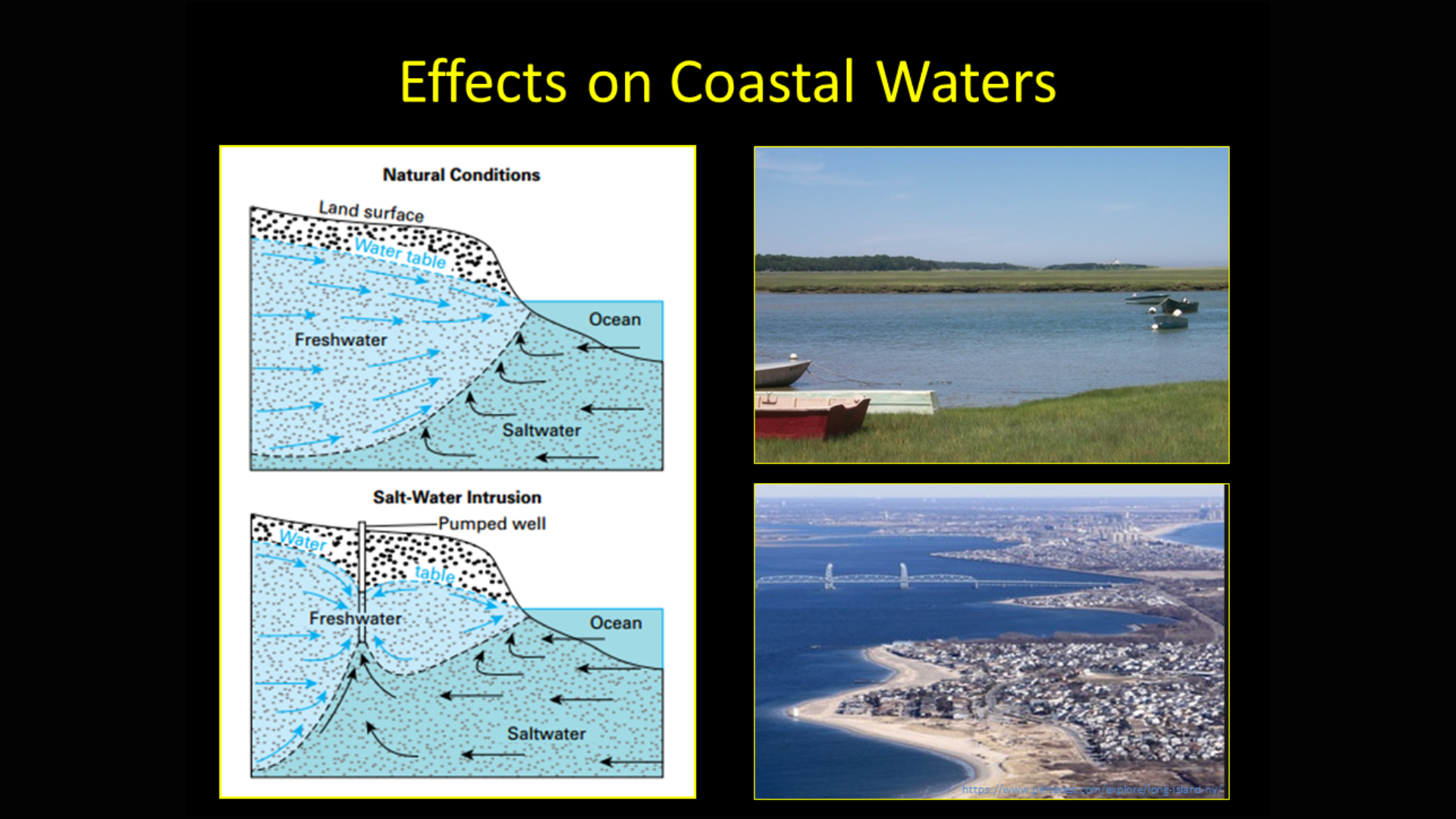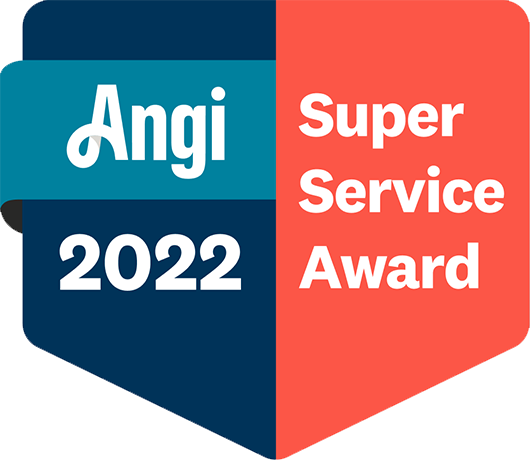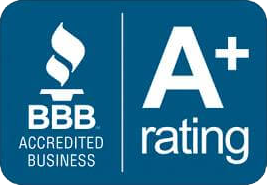A federal report reveals a new concern over the safety of Long Island’s drinking water supply.
The USGS report indicates that parts of Long Island have the potential for saltwater intrusion in the drinking water supply. Saltwater intrusion occurs when ocean saltwater leaks into underground freshwater aquifers, which local communities depend on. The report also warns that this may take generations to reverse, and communities such as Long Beach, Great Neck, and Oyster Bay may soon find the water coming out of their taps to be undrinkable.
A recent study by the US Geological Survey demonstrated just how urgent the need is for action. The New York State Department of Environmental Conservation (DEC) has issued reports from the Long Island Groundwater Sustainability Project, outlining the potential risk and what to expect if Long Island fails to take action now to secure its water supply.
Causes of Saltwater Intrusion in Long Island
There are many factors that contribute to saltwater intrusion:
- Over-pumping of groundwater: As the population on Long Island continues to expand, the higher demand for freshwater means water is pumped out of the aquifers faster than they can naturally recharge. Decades of over-pumping groundwater for homes have caused freshwater levels to decline, allowing saltwater to invade coastal aquifers.
- Sea Level Rise: Rising sea levels push seawater further inland, increasing saltwater intrusion. Due to its coastal geographic location, Long Island is particularly prone to an increase in sea levels as a result of climate change.
- Urban Development: Paving over natural areas with concrete and asphalt prevents rainwater from recharging the aquifers. Disrupting the balance between fresh and saltwater in the aquifers increases the risk of saltwater intrusion.
How Does It Affect Long Islanders?
Most Long Islanders rely on groundwater for their drinking water. As saltwater seeps into the freshwater aquifers, it can raise salinity levels, making the water undrinkable. The New York Times recently reported that this is already a growing concern in certain areas, with communities facing the reality of having to find alternative solutions (see more below) or water sources.
In addition, saltwater intrusion can potentially disturb local agriculture, many of Long Island’s farms use groundwater for irrigation, by damaging soil health and reducing crop yields. DEC’s sustainability project warns that saltwater intrusion could undermine the region’s agricultural economy. Also, Saltwater intrusion can put freshwater-dependent ecosystems, such as wetlands and forests, at risk. An increase in groundwater salinity can lead to the loss of native plant species and wildlife that rely on these habitats.
Solution: Reverse Osmosis as a Water Treatment Option
At Simply PURE Water Filtration, we can help you remove salt and other contaminants from your water through reverse osmosis, a multi-stage filtration system that can fit underneath your kitchen sink (or even be employed from a whole-home water filtration perspective). Want to learn more? Contact us today to get your free water quality analysis, and find out more about what’s in your water!
Sources:
- USGS Scientific Investigations Report 2024-5048: Saltwater intrusion in Long Island
- New York DEC Press Release: Long Island Groundwater Sustainability Project
- New York Times Article (2024): “Long Island’s Drinking Water at Risk from Saltwater”
- USGS Scientific Investigations: Saltwater Intrusion
About Simply PURE Water Filtration Services
Living in and serving the Long Island community, we strive to make sure everyone has access to clean, healthy water. We have the experience, knowledge, and industry-leading technology to provide clean water solutions for water impurities, contaminants, hard water, bad tasting/odors, well water, acidity & pH regulations.
Proud members of the WQA (Water Quality Association), and the EWQA (Eastern Water Quality Association), we adhere to strict guidelines and the WQA code of ethics. As a Pentair True Blue Partner and Authorized Distributor of Pentair Products, there’s nothing comparable to the performance, and efficiency of our whole house purification systems, water softeners, neutralizers, whole-house filters, and alkaline reverse osmosis systems for drinking in the convenience of your home.
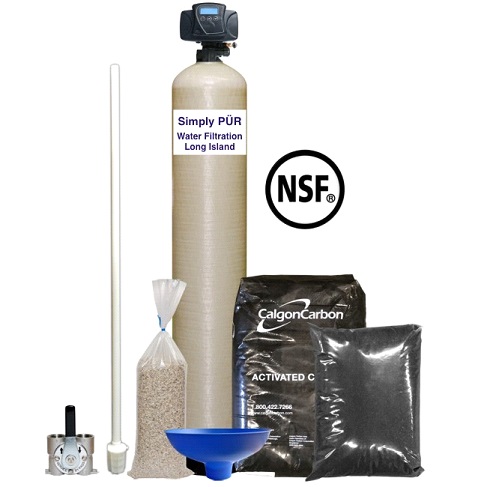
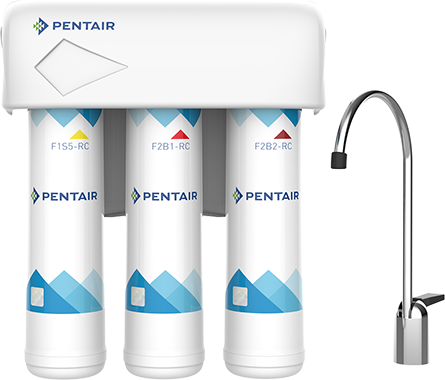
Our products are all NSF / ANSI certified, meeting the highest safety standards and quality performance. Providing our community with only the best experience of high quality water that’s Simply PURE from our family to yours!
Simply PURE utilizes accurate testing methods before and after system installation, as well as annual maintenance of all your water treatment equipment. Our Revolutionary Custom Built Water Treatment systems upon the completion of a Free In-Home Water Analysis, or an in-depth Comprehensive Water Analysis of your choice sent to our Certified Laboratory.

